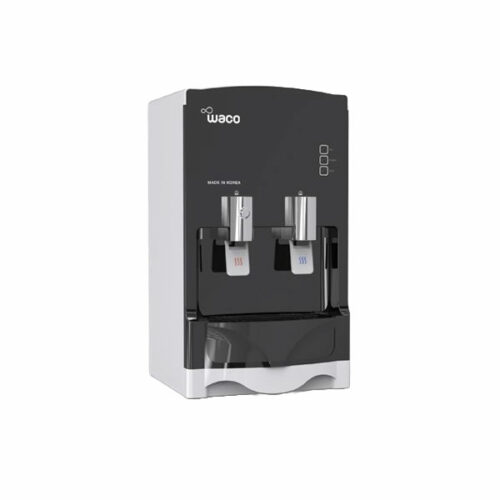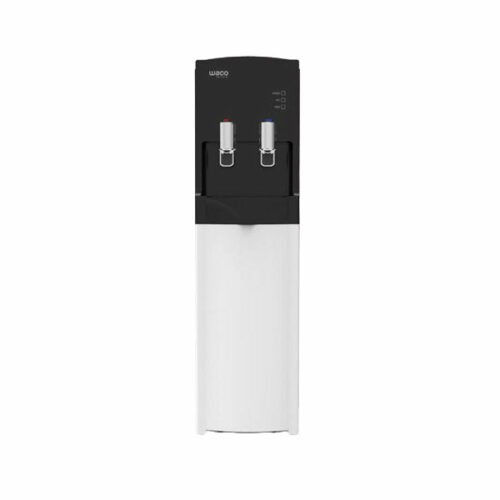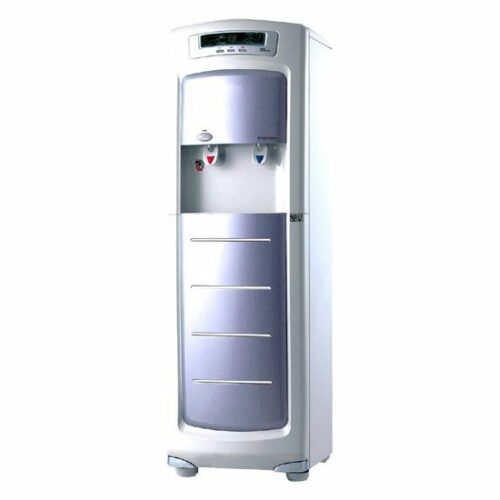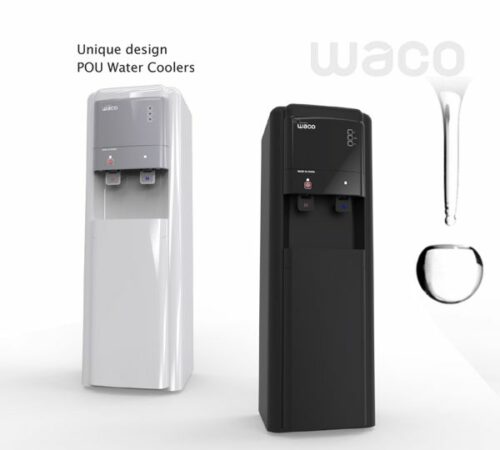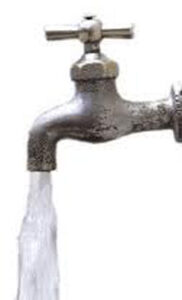
Poisoning as a result of lead content in water is potentially dangerous. Lead is both odorless and tasteless and therefore very difficult to detect. Once ingested, this contaminant can easily enter into the digestive system and cause damage to various parts of the body including the kidneys, nervous system and brain. One of the most common sources of lead poisoning is through drinking water. Lead can enter into the water supply through the plumbing in homes. If lead is found to be present in your drinking water there are some simple steps which can be followed in order to remove lead in water and make the water safe to drink again.
Where lead in water comes from
It is essential to trace the source of the lead. This could be lead piping or pipe joins which have been made with lead solder. Older homes especially, more than twenty years old, may well have lead used as part of the plumbing system which was installed at the time of construction. Lead may even be present in the city or town water supply where you live. Wells and pumps can also be sources of lead poisoning. There are experts who can determine whether or not your well is contaminated with lead.
Unlike with other substance, such as chlorine, lead cannot be effectively removed from drinking water simply by boiling the water. In reality, boiling can make the situation worse as some of the water evaporates during the process and this leaves an increased level of lead in water.
Simple prevention
When using taps or faucets that have not been used for a while, make sure to run the water for a couple of minutes, this will help flush any lead deposits from the system and reduce the risk of lead in water. The longer water sits without moving in pipes the greater the concentration of lead in water as a result found. On occasions when you have been away from home, maybe on vacation or travelling, it is important to run the water for some time so as to reduce the presence of any lead in water.
Water filters
There are basically two types of filter that can be used to effectively remove lead in water: devices which are installed at the point of use (on individual taps/faucets) and devices which are installed where the water enters the home (Point of Entry). You can purchase a water filter which can be installed directly under the sink in the kitchen and used to remove any lead in water which is used in the kitchen for cooking or drinking. A more effective option is to purchase the type of filter which is capable of removing lead in water as it enters the home, before being distributed around the home by the plumbing system. This is the most effective, but more costly, option.
Water testing
You can’t taste or see lead if it is present in water, but you can test for lead in water by sending a water sample to a laboratory. Testing for lead in water is especially important in apartment buildings due to the fact that flushing of the pipes may not be as effective as in a detached home.

